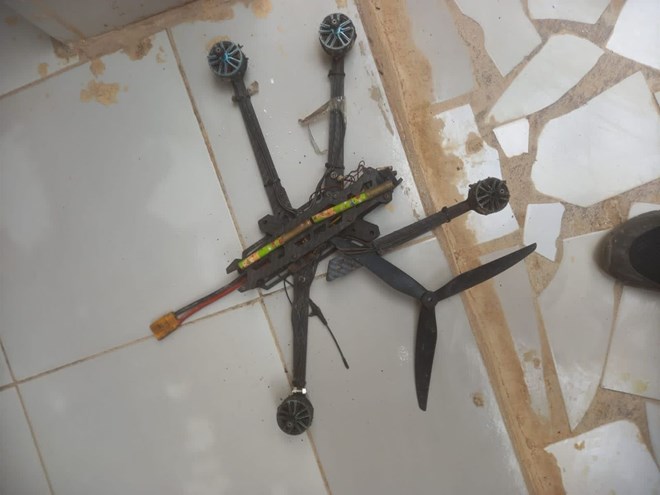In a troubling regional development, Yemen’s Iran-backed Houthi group, known formally as Ansar Allah, is reportedly strengthening operational ties with Somalia’s two major terrorist organizations: Al-Shabaab and Islamic State in Somalia (IS Somalia).
Intelligence reports and UN monitors indicate growing collaboration.
As Houthis drones in Somalia are operating strikes now.
This evolving alliance could drastically reshape the security landscape in the Horn of Africa and surrounding maritime regions.
Especially the Gulf of Aden and Bab al-Mandab Strait, which are critical for global trade routes.
What is the Role of Houthis Drones in Somalia?
Al-Shabaab has traditionally relied on small arms and IEDs, recent developments suggest a shift toward more lethal drone operations.
Previously, the group used unmanned aerial vehicles (UAVs) for surveillance and propaganda, but new evidence shows they are now seeking advanced training and offensive drone capabilities from the Houthis.
UN reports confirm that Al-Shabaab leaders met with Houthi representatives in 2024, requesting drone-related expertise and armament support.
Analysts believe this move is inspired by Ansar Allah’s growing proficiency in drone warfare, as demonstrated by attacks on commercial ships during the Red Sea crisis in 2023.
Iran’s Shadow: Strategic Drone Proliferation Across the Region
Experts link this rise in drone capabilities to Iran’s growing influence in the region.
The Carnegie Endowment for International Peace and Conflict Armament Research have traced Houthi drones—mainly Sammad-series UAVs—back to Iranian origins, assembled with commercial off-the-shelf components.

Dangerous Operations of Houthis Drones in Somalia
Reports also indicate that Somalia’s porous coastlines serve as vital smuggling routes for Iranian-sourced drone equipment, often disguised as Chinese commercial technology.
These trafficking channels benefit both Al-Shabaab and IS Somalia, enabling their fighters to receive drone training, explosive devices, and tactical know-how.
In Puntland, IS Somalia reportedly carried out its first recorded drone strikes in early 2025, targeting local security forces.
Seizures of suicide drones and drone components intended for Somalia underscore the growing threat.
Security Implications for Somalia and East Africa
The potential deployment of Houthis drones in Somalia raises alarm bells for regional and international stakeholders.
Experts say that while assault rifles remain the primary weapon, the inevitable proliferation of drones is a game-changer.
According to UN monitors, the adaptation of commercial drones for offensive purposes—such as first-person view (FPV) suicide drones—could lead to increased civilian casualties, destabilization, and psychological warfare.
These technologies are already used with deadly effect in other conflict zones like Ukraine.
Strategic Depth and Maritime Threats
The growing collaboration between Ansar Allah and Somali insurgents doesn’t only pose a land-based threat.
Analysts warn that this alliance could grant Iran strategic depth through its Houthi proxy, allowing it to indirectly influence maritime security in the Gulf of Aden and Bab al-Mandab.
This may trigger increased threat perceptions among neighboring countries such as Ethiopia, Djibouti, and Kenya.
Forcing them to divert resources to air defense and counter-drone operations.
With Houthis Drones in Somalia, What is the Future of Conflict?
The presence of Houthis drones in Somalia with the extremist groups is still emerging, but experts say even a single successful drone strike could significantly alter the trajectory of the conflict.
With access to technology, smuggling routes, and Iranian backing via Houthis, Al-Shabaab and IS Somalia are poised to enhance their tactical capabilities.
For the African Union Support and Stabilization Mission in Somalia (ATMIS) and allied peacekeeping forces, the specter of drone-enabled insurgencies underscores the need for urgent countermeasures and regional cooperation.
As technology continues to democratize warfare, Ansar Allah–Al-Shabaab axis represents a dangerous convergence of ideology, smuggling networks, and evolving military capabilities.


